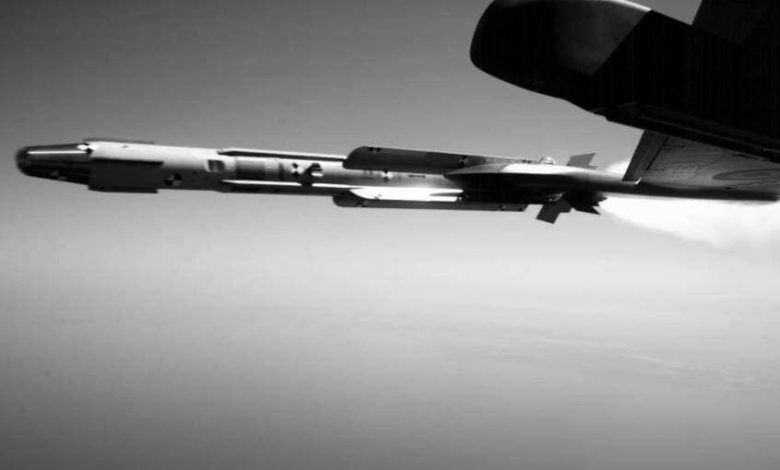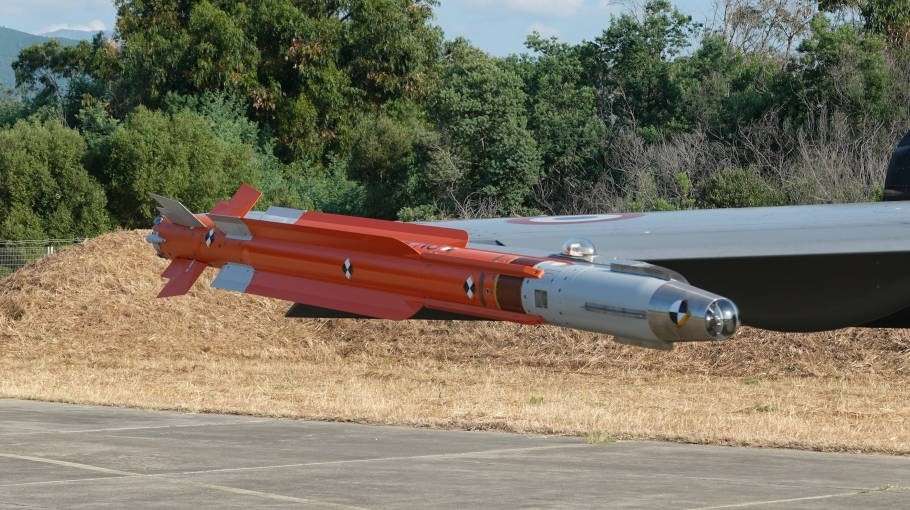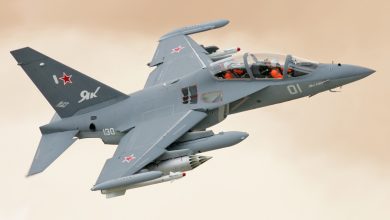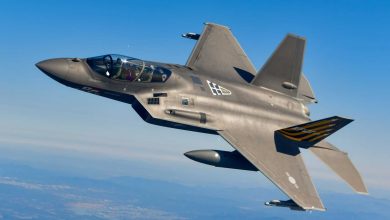
MICA NG Missile Unlocks Major Development Breakthrough
On Thursday, 19 June 2025, the teams from MBDA, the Directorate General of Armaments (DGA), Dassault Aviation, and the French Air and Space Army successfully executed the inaugural development launch of the air-to-air missile MICA NG (Missile for Interception Combat and Auto Defence New Generation) from a Rafale aircraft at the DGA-Missile test site in the Mediterranean. This initial guided launch against a simulated target plays a vital role in verifying the various functional aspects of the missile in its infrared configuration, representing a crucial milestone in the missile’s development that commenced in late 2018.
A multifunctional missile to tackle emerging threats
The MICA NG harnesses all the expertise accumulated by MBDA under the MICA program to create a next-generation multifunctional missile. It delivers unmatched tactical adaptability to satisfy the operational demands of armed forces in responding to evolving aerial threats.
The MICA NG will supersede existing MICA missiles by enhancing capabilities for medium-range interception, close-range combat, and self-defense of Rafale fighter jets, aligning with current and anticipated standards for the Air and Space Army and the National Navy, thus ensuring air dominance. In its surface-to-air configuration, the MICA NG VL will furnish a self-defense system for naval vessels and ground-based strategic areas, such as safeguarding military installations or critical events.

Thanks to MBDA’s groundbreaking innovations, the MICA NG is incorporating advanced technologies that empower it to tackle a wider array of threats. Beyond the conventional targets typically engaged by air-to-air missiles (aircraft, helicopters), the MICA NG broadens its capabilities to encompass threats characterized by minimal infrared and electromagnetic signatures, such as drones, covert or stealth fighters, and agile cruise missiles.
Enhanced specifications for contemporary aerial combat
The MICA NG is poised to deliver a notable extension in missile range and enhanced maneuverability, attributed to a new dual-pulse propulsion system.
Furthermore, to maximize the availability of equipment for the forces and ensure optimal operational conditions, the mechanical structure of the MICA NG will extend the missile’s lifespan during air transit. Internal sensors will continually assess the health of the munition throughout its operational life. These advancements will considerably simplify maintenance requirements and decrease the total ownership costs of the missile.
Ultimately, the MICA NG continues the exceptional concept of the MICA by developing two iterations. One features a new infrared seeker based on a matrix sensor, providing improved computational capabilities and sensitivity to extremely low infrared signature targets. The counterpart is fitted with a novel electromagnetic seeker utilizing an active modular transmitter antenna (EASA), facilitating more effective detections.
The comprehensive redesign of the MICA NG retains the physical, electrical, and aerodynamic attributes that contribute to the MICA’s success, as well as the advantages of minimizing integration efforts with existing platforms and launch systems. Regardless of the circumstance, MICA NG delivers the most suitable solutions for the forces’ needs, empowering the Rafale to engage a variety of targets.
The forthcoming tests will validate the comprehensive capabilities of the MICA NG in both variants, utilizing various configurations, velocities, and altitudes, showcasing its adaptability.
With this critical capability, MBDA presents a sovereign weapon system tailored for high-intensity scenarios, grounded in proven expertise and responding to advancements in aerial combat. The MICA NG missiles are projected to be delivered by the decade’s conclusion, aiming to bolster the air superiority competencies of the French armed forces.






